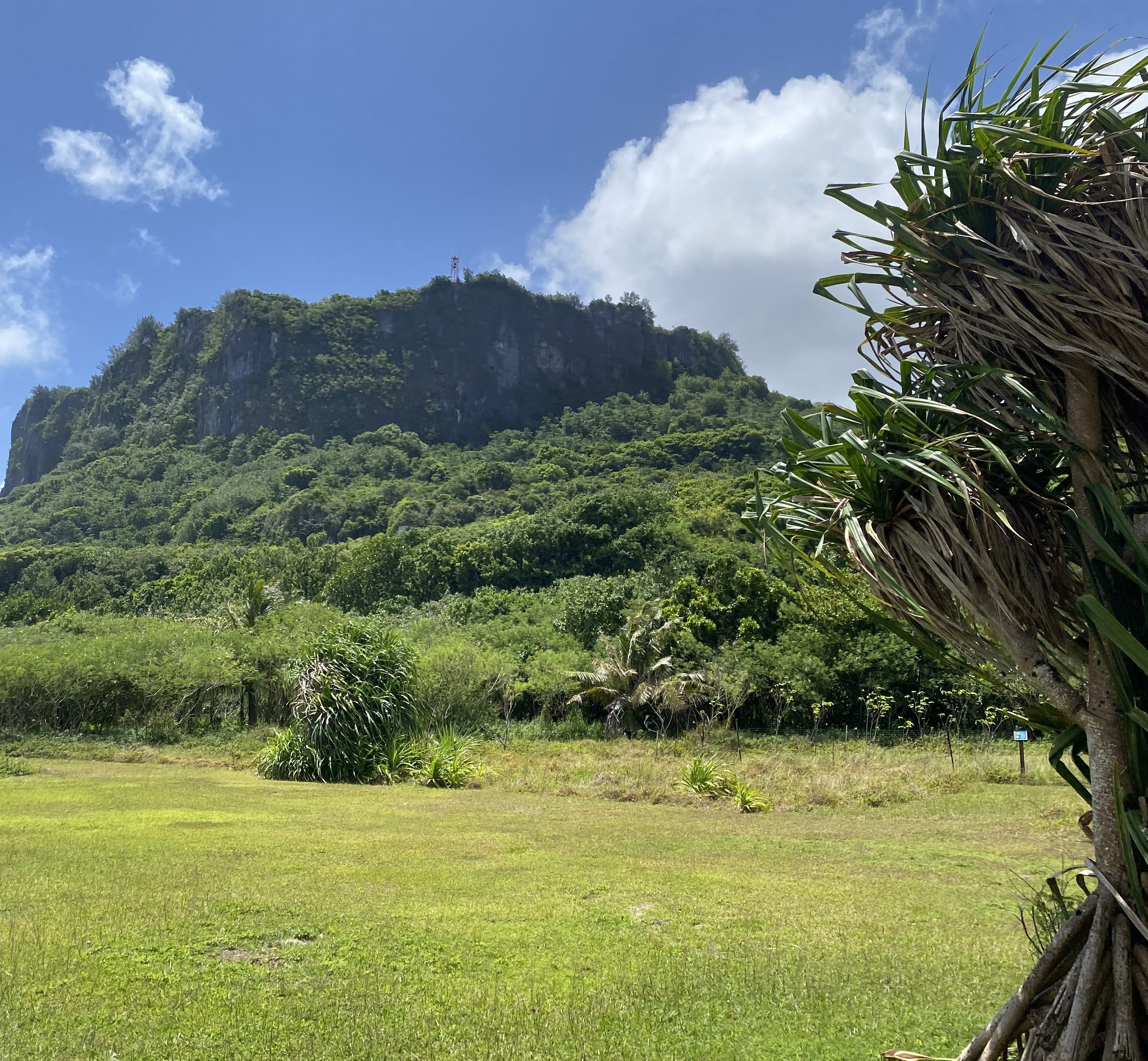To fulfill the 2006 United States-Japan Roadmap for Realignment, 5,000 US Marines and their families are relocating from Okinawa to Guam. However, environmental groups claim that the US government has violated the Endangered Species Act and other federal laws during the construction of the new Marine base.
The United States has had a long-standing military presence in Okinawa due to post-WWII agreements with Japan. Now, following years of discussions and planning, the governments of Japan and the United States are implementing a strategy to relocate thousands of Marines away from the island. This decision was made following ongoing tension between Okinawan civilians and US military personnel, including multiple cases of Marines committing sex crimes and other forms of violence against Okinawans. By 2024, 9,000 Marines and their families will be relocated away from Okinawa to other bases across the Indo-Pacific. For example, Hawai‘i is preparing to receive 2,700 Marines, which will significantly increase the military’s presence in Kaneohe Bay, O‘ahu. The Marine Corps anticipates a need for an additional 167,000 acres of training area in the state due to this influx of personnel.
The US territory of Guam will receive the greatest number of Marines, with 5,000 individuals and their families coming from Okinawa. These service members will be the first Marines permanently stationed on Guam in over two decades, which has necessitated the establishment of a new base, Camp Blaz, in Northwest Guam. Additionally, lands on the nearby islands of Tinian and Pågan in the Commonwealth of the Northern Mariana Islands are being developed into training ranges to support the new troops.

However, the construction of both Camp Blaz and its associated training ranges have been challenged in US District Courts by environmental organizations and local activist groups. Notably, 30% of Guam’s land is controlled by the US military, which has already degraded both terrestrial and coastal environments. In response to these harms, activists have taken action to protect pristine ecosystems and the wellbeing of local communities.
In July of 2023, the Center for Biological Diversity and Guam-based group Prutehi Litekyan (Save Ritidian) filed a lawsuit against the US Navy and US Fish and Wildlife Service. In this complaint, the plaintiffs articulate the need to protect endangered species that are being threatened by the construction of Camp Blaz. The plaintiff groups argue that throughout the construction process the defendant federal agencies have violated the Endangered Species Act (ESA), Administrative Procedure Act, and Freedom of Information Act.
The proposed construction at Camp Blaz threatens the survival of many species within a diverse ecosystem. Among these plants and animals is the last naturally-occurring håyun lågu tree on Guam. One of the components of greatest concern to local groups is Camp Blaz’s live-fire training range on Ritidian Point. Currently, the Ritidian (also called Litekyan) is home to a diverse limestone forest that includes a protected wildlife refuge and publicly accessible trails and beaches. This area also holds significant cultural value with important archaeological sites and plant species that are still being harvested by Indigenous communities for traditional healing practices.

Ritidian Point, Guam National Wildlife Refuge. (Image Credit: Kieren Rudge).
The plaintiffs in this Camp Blaz lawsuit are not seeking to entirely prevent the base from being constructed. Rather, they want the federal government to follow the legally required processes for assessing potential harm to endangered species and implement plans to mitigate damage to the fullest extent possible. They are arguing that the US District Court of Guam should enforce additional remedies such as prohibiting the Navy from carrying out activities that will jeopardize threatened species until ESA-mandated formal consultation procedures are thoroughly conducted. Furthermore, they argue that the government needs to be more transparent with their plans and must share information with the public upon request.
Similar suits have been filed in the past across the Marianas archipelago with varied results. In a related 2017 case, Tinian Women Association v. US Department of The Navy, the US District Court for the Northern Mariana Islands ruled that the government did not violate the National Environmental Policy Act when implementing plans for training ranges on the islands of Tinian and Pågan. However, while the ruling opposed claims from activist groups, the Navy is planning to scale back the use of these ranges by eliminating bombing training due to significant public pressure from locals. The resulting plan will appease some local environmentalist and human rights activists while still meeting the Navy and Marine Corps’ expressed strategic needs.
As of now, the federal government has not responded to the claim brought on by the Center for Biological Diversity, and a decision from the US District Court of Guam will likely only materialize many months from now. The case represents the ongoing conflicts between the interests of the military and the interests of local groups in US territories and other Pacific islands. With growing US-China tensions and looming North Korean missile threats, the United States is conducting a buildup across the Pacific, but consideration must be given to local communities and environments where new military development is planned.
Kieren Rudge is a participant in the Young Professionals Program at the East-West Center in Washington. They are a Ph.D. student in Environmental Science, Policy, & Management at University of California, Berkeley.